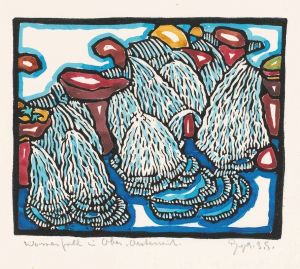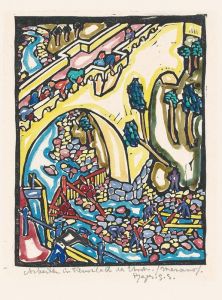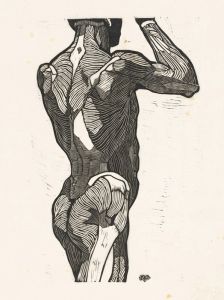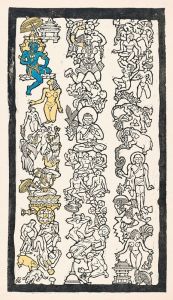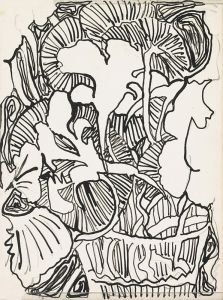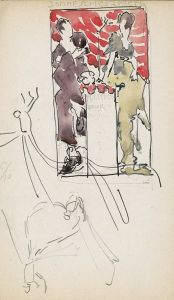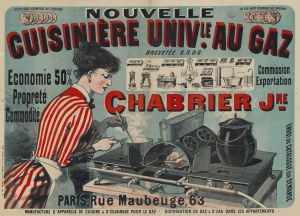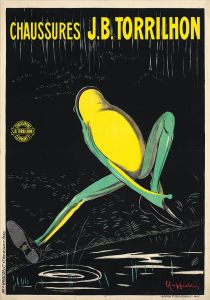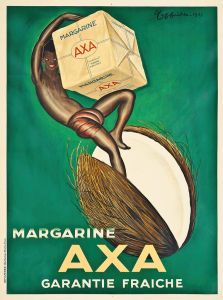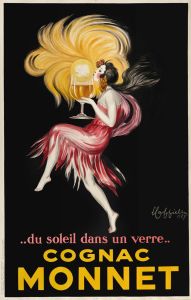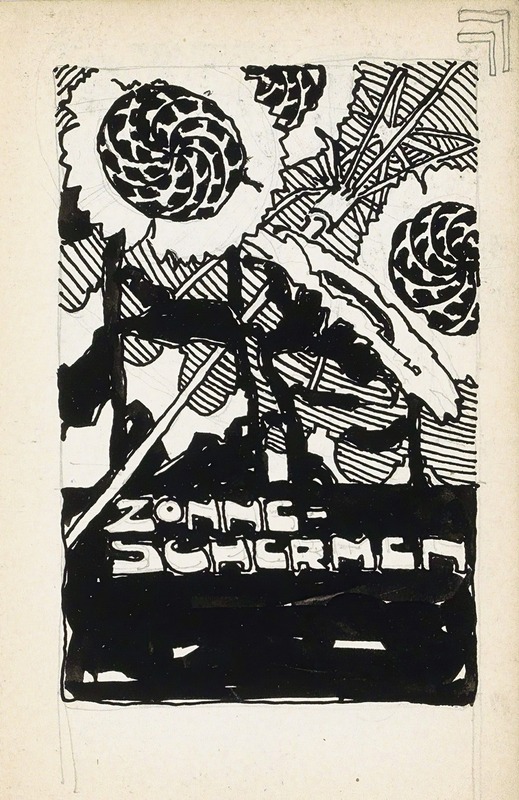
Reclameontwerp voor zonneschermen
A hand-painted replica of Reijer Stolk’s masterpiece Reclameontwerp voor zonneschermen, meticulously crafted by professional artists to capture the true essence of the original. Each piece is created with museum-quality canvas and rare mineral pigments, carefully painted by experienced artists with delicate brushstrokes and rich, layered colors to perfectly recreate the texture of the original artwork. Unlike machine-printed reproductions, this hand-painted version brings the painting to life, infused with the artist’s emotions and skill in every stroke. Whether for personal collection or home decoration, it instantly elevates the artistic atmosphere of any space.
Reclameontwerp voor zonneschermen, translated as "Advertisement Design for Sunshades," is a work by the Dutch artist Reijer Stolk. Reijer Stolk, born in 1896 and deceased in 1945, was a notable figure in the Dutch art scene, particularly known for his contributions to graphic design and printmaking. His work often reflected the artistic movements of his time, including elements of Art Deco and modernism, which were prevalent in the early to mid-20th century.
Stolk's Reclameontwerp voor zonneschermen is a prime example of his skill in commercial art and design. During the early 20th century, the role of graphic design in advertising was becoming increasingly significant, and artists like Stolk were at the forefront of this evolution. The piece likely served as a promotional tool for sunshades, a practical and popular product in the Netherlands, where managing sunlight in homes and businesses was important due to the country's climate.
The artwork showcases Stolk's ability to blend functionality with aesthetic appeal, a hallmark of effective advertisement design. His use of bold lines, clear shapes, and a limited color palette would have been intended to catch the eye and convey the message quickly and effectively, which are critical elements in advertising. The design reflects the influence of modernist principles, emphasizing simplicity and clarity, which were essential in communicating with a broad audience.
Stolk's work in graphic design was part of a larger trend in the Netherlands and across Europe, where artists were increasingly engaging with commercial and applied arts. This movement was partly driven by the rise of consumer culture and the need for businesses to differentiate themselves in a growing market. Artists like Stolk played a crucial role in this transformation, bringing artistic sensibilities to commercial products and helping to elevate the status of graphic design as a legitimate art form.
While specific details about Reclameontwerp voor zonneschermen, such as its exact date of creation or the client for whom it was designed, are not widely documented, the piece remains an important example of early 20th-century Dutch graphic design. It reflects the broader cultural and economic shifts of the time, as well as the personal style and artistic contributions of Reijer Stolk.
Stolk's legacy in the field of graphic design is marked by his ability to adapt artistic techniques to meet commercial needs, a skill that has continued to be valued in the design industry. His work, including Reclameontwerp voor zonneschermen, continues to be studied and appreciated for its historical significance and its role in the development of modern graphic design.
In summary, Reclameontwerp voor zonneschermen by Reijer Stolk is a testament to the intersection of art and commerce in the early 20th century. It highlights the innovative approaches artists like Stolk used to engage with new media and markets, leaving a lasting impact on the field of graphic design.





